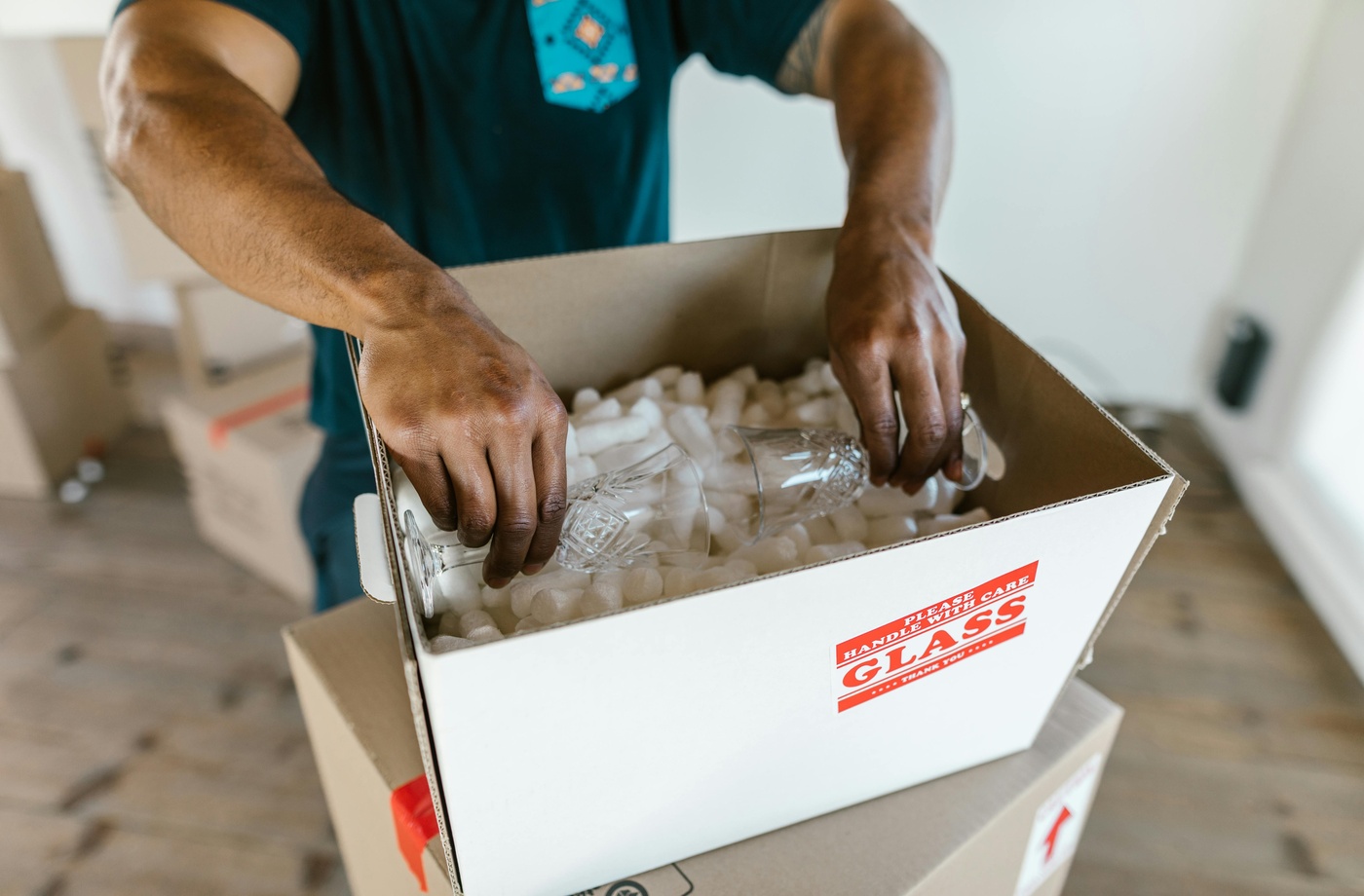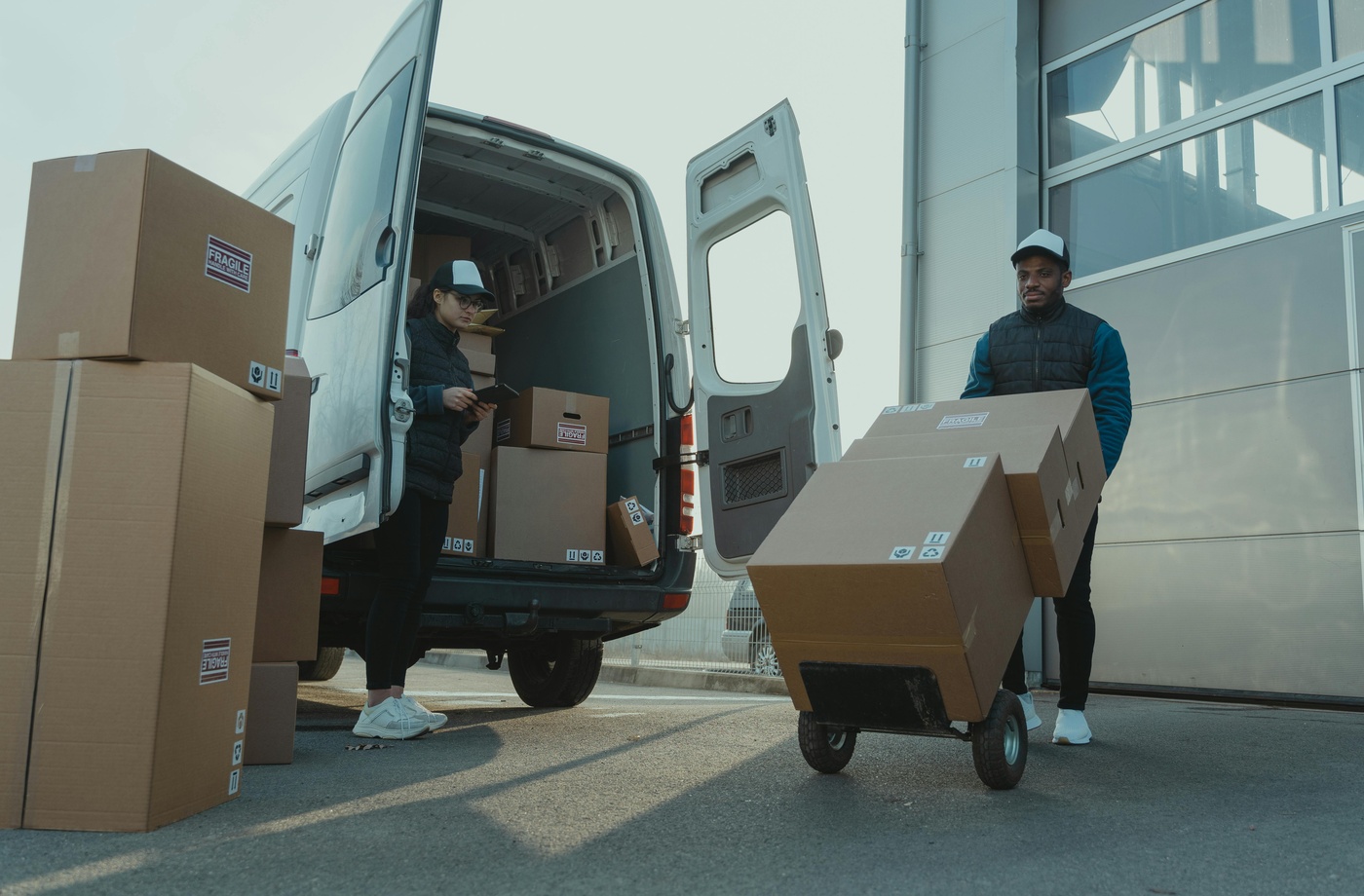Returns are an unavoidable part of doing business, especially in e-commerce. Whether you’re a small seller or managing a growing online store, a well-structured return process can improve customer loyalty and reduce operational headaches. The key is to make your reverse logistics as smooth and cost-efficient as your outbound shipping. Here’s how to do it.
Why a smart returns process matters
Nearly 16.5% of all retail sales result in a return. For online purchases, that rate can double—particularly in categories like apparel, electronics, and home goods.
Making returns easy can:
- Improve customer satisfaction and brand trust
- Increase repeat purchase rates
- Reduce customer service strain
- Help recover inventory faster
- Choose the right return shipping options
Using major carriers like USPS, UPS, or FedEx gives you flexibility and broad accessibility for customers. Each offers specific solutions for return labels:
- USPS Return Services: Ideal for residential customers; supports prepaid, scan-based, and merchandise return labels.
- FedEx Returns: Includes smart return labels and customizable rules for large-scale sellers.
- Use returns platforms to automate and streamline
Return management platforms help automate label generation, customer communication, and warehouse workflows. Popular tools include:
Many of these platforms also integrate directly with Shopify, BigCommerce, and other popular e-commerce platforms.
- Offer printerless returns where possible
Printerless return options, where customers receive a QR code to scan at a drop-off location, are increasingly popular and reduce friction. USPS, FedEx, and UPS all offer versions of this service at their authorized locations or partners like Staples and Walgreens.
- Set clear policies to reduce return-related costs
A strong return policy is both customer-friendly and financially smart. Best practices include:
- Limiting return windows (e.g., 30 days)
- Offering store credit for select categories
- Charging restocking fees for expensive or perishable items
- Making “final sale” items clearly labeled
Clearly display your return policy on your product pages and in order confirmation emails to prevent confusion.
- Cut costs with cashback tools on return shipping
If you’re covering return label costs as part of your customer service strategy, offset the expense using cashback platforms. You can save money on USPS shipping when buying exact-amount gift cards through Fluz. Similarly, if you’re using DHL for international or commercial returns, you can earn cashback with a DHL gift card for every label purchased.
To view more eligible shipping brands offering rewards, check Fluz. Other cashback apps like Rakuten and Ibotta may also have offers for label software or office supplies used in returns processing.
- Monitor and optimize your return data
Track metrics like:
- Return rate by product
- Return reasons (fit, damaged, not as expected)
- Average return processing time
- Customer satisfaction with return experience
Use this data to improve product descriptions, sizing guides, and packaging to reduce future return volume.
Conclusion
Returns don’t have to drain your time or revenue. By using the right tools, setting smart policies, and leveraging cashback opportunities, you can turn reverse logistics into a competitive advantage. A streamlined return experience can improve customer retention—and your bottom line.



